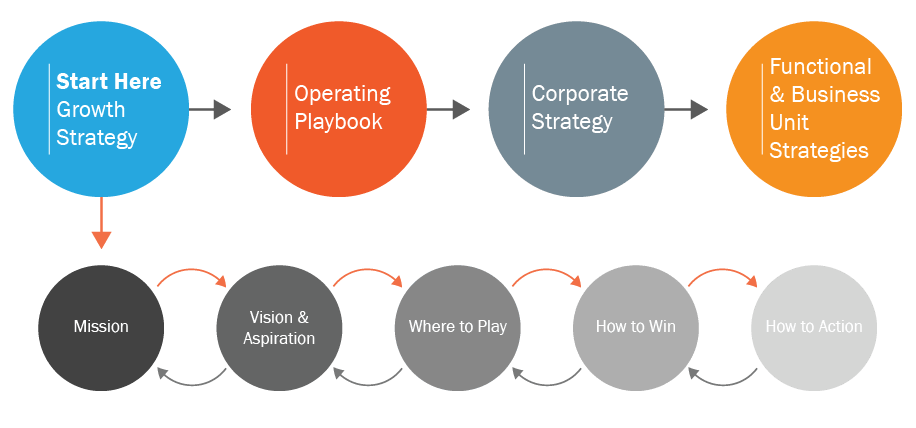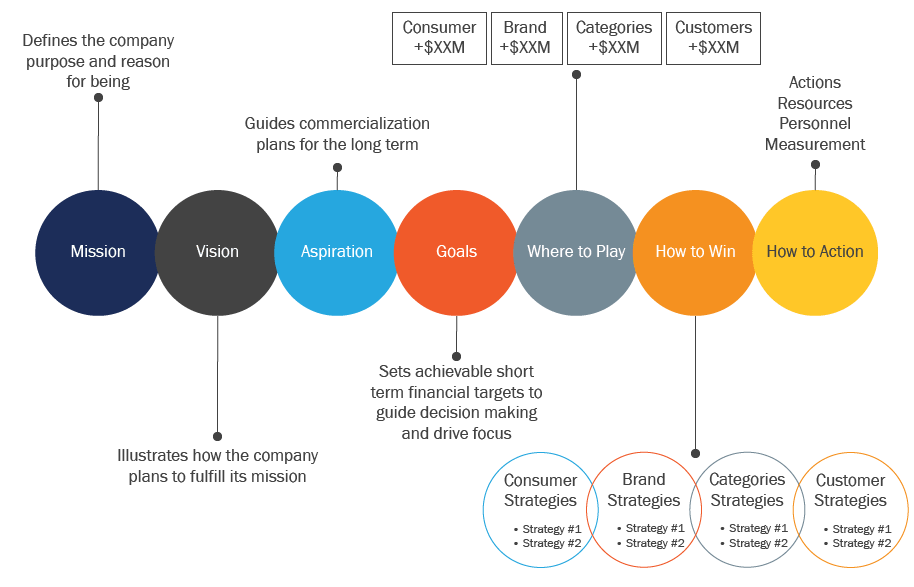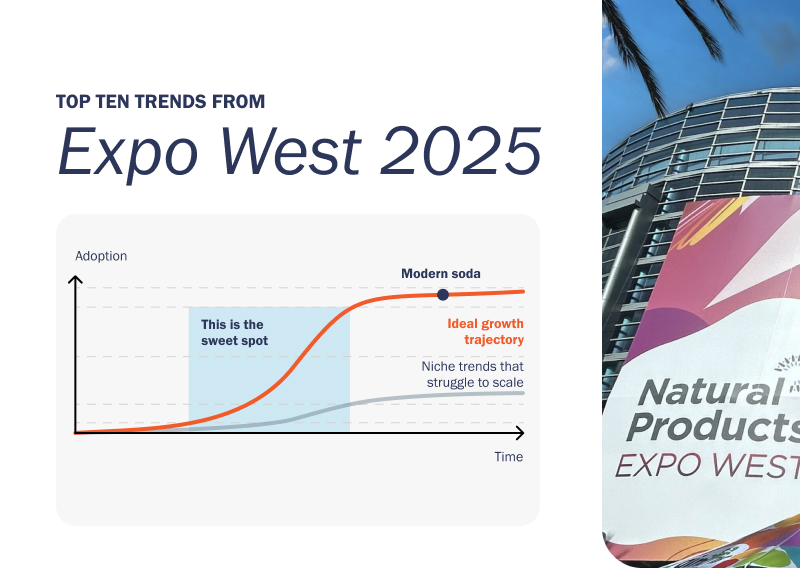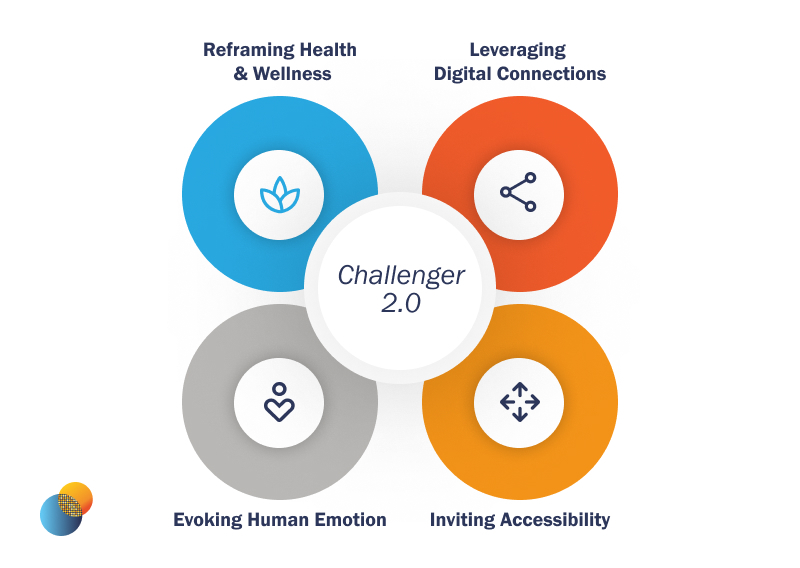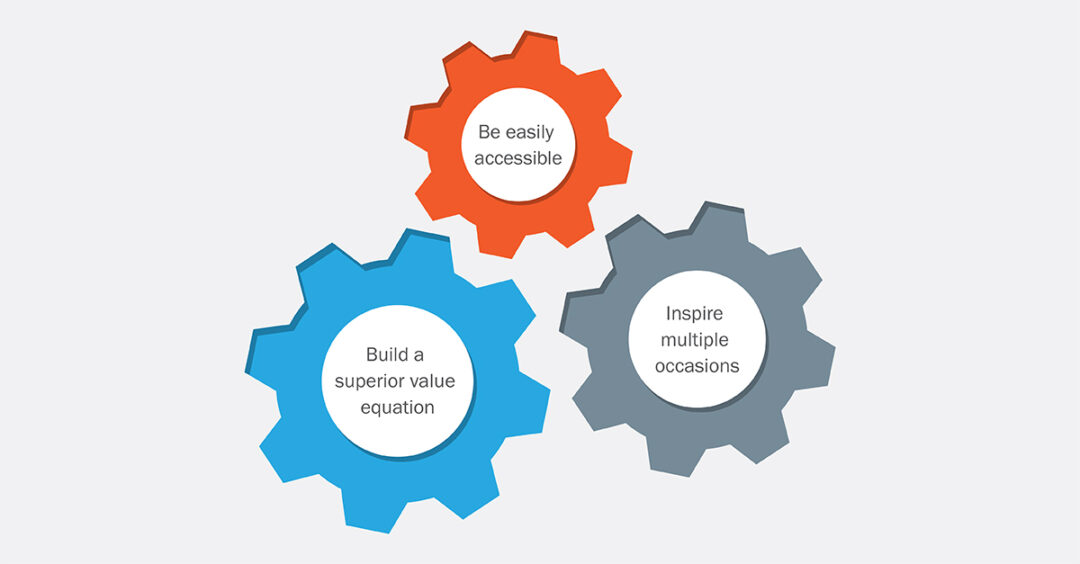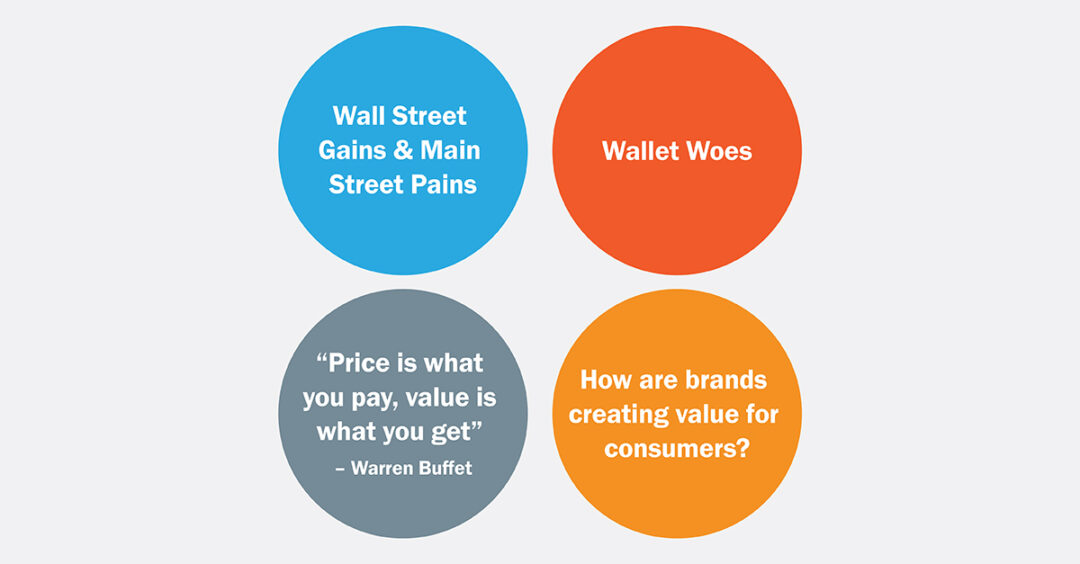Developing a Winning Growth Strategy
Plan for Growth
In today’s rapidly evolving consumer products environment, revenue growth and sustainable advantage are unquestionably challenging to obtain. Building a successful long range plan that guides the organization’s activities requires thoughtful choices informed by a robust fact base. Given today’s challenges, it is fair to ask, ‘what constitutes a winning growth strategy’ and ‘how do you know which strategies will lead to growth’? We at the Seurat Group believe that understanding how to develop a winning Growth Strategy is THE difference between being a company that is in sustained growth mode,
leading from ahead, versus one that is constantly scrambling, leaning on cost models like zero-based budgeting to turn up short term profit. The difference resides in the long-term strategic planning approach, an often overlooked capability that frequently manifests in an underutilized PowerPoint presentation to guide senior-most level discussions. The following outlines 5 strategic planning best practices growth leaders use to identify pathways to sustainable and profitable growth.
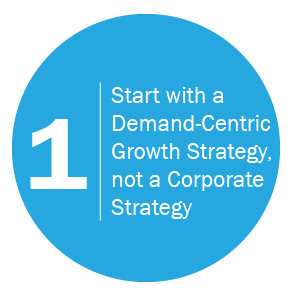
Change begins with challenging your organization’s strategic planning process. This is pivotal because long-range planning represents the top of the business funnel, influencing strategic choices that drive actions, investment, personnel decisions, and the ability to win with consumers in the marketplace. The key to success is the right starting point. Organizations traditionally begin long-range planning with corporate and functional strategic planning. We believe the starting point for long-range planning should be grounded in a common Growth Strategy. The process and insight to build the Growth Strategy will inform the appropriate choices and investment in enterprise strategies and, in turn, guide the functional strategies. The Growth Strategy starts with the company’s / brand’s Mission and wires the Mission to Actions. Starting with the Mission provides purpose and commercial focus. Wiring it to Actions requires critical planning in the Where to Play and How to Win stages. This process creates the rationale and conviction to act and orient toward the biggest opportunities. The net result is a Growth Strategy that identifies clear advantage, defines the repeatable growth model and forces all long-range planning to be designed to enable growth. Configure the company to serve the Growth Strategy, not serve the Corporate Strategy.
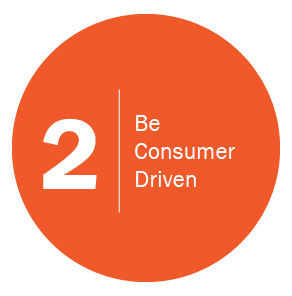
Strategy fails for brands when the operating plan is disconnected from the core consumer. Challenger Brands are creating growth because they are connected with a consumer’s value system and community. A successful Growth Strategy is an extension of this principle by putting the consumer at the center of planning. Companies tend to migrate away from the consumer with their Corporate Strategy framework and make choices and select metrics that lose important human considerations. Today the greatest value in planning comes from deep, proprietary insight into the consumer journey with a cohesive understanding of personal experiences and category triggers. Building a Growth Strategy around the connection to consumers leads to more personalized experiences through new technology and new demand generation tools. Re-orient strategy by putting the consumer first and driving demand-centric growth.

Living the company’s or brand’s Mission (assuming it is both genuine and compelling) creates unique advantage. When the Mission is tightly tied to planning, activities become more focused as the end goal is clearly defined. A Mission driven plan continually reinforces the purpose of the company and ensures synergies across commercial activities as all communication points are consistently on message. More than ever, consumers seek mission-driven, socially responsible companies. Having an authentic, aspirational mission creates a connection with consumers that builds loyalty and increases value capture. Simply stated, living the Mission ensures that the company’s ‘why’ is clear to consumers and customers, inspiring positive perceptions and enticing desired changes in shopper and buyer behavior.
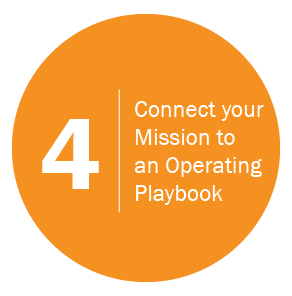
Once the Growth Strategy has shaped the forward plan, the Operating Playbook connects How to Win choices with demand generating actions. Leveraging organizational strengths identified throughout the Growth Strategy and choices made on where to unlock value across consumers, categories and customers, the Operating Playbook captures the initiatives, resources, structures, and timing necessary to drive change. Long range planning fails to gain traction when Growth Strategy choices are not tightly wired to the Operating Playbook, causing a disconnect between leadership’s direction and day to day operations.
With the Growth Strategy and Operating Playbook in place, organizations can build out Corporate Strategy with the goal of supporting, wiring and fueling demand-centric growth.
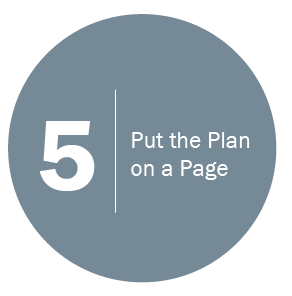
Complexity creates confusion and inaction. An organization must be able to simply articulate the shift in strategy and the implications for all employees. Often overlooked, yet of unparalleled importance, the Plan-on-a-Page becomes the narrative for a company. Easy to share and discuss, the Plan-on-a-Page highlights key areas of the long range plan in a user friendly way that everyone can engage with from executives to managers to associates to 3rd party partners. By stripping away the details that are unnecessary for everyone, the organization can focus on the necessary, prioritizing key initiatives and configuring to drive actions that will unlock the greatest value.
In Summary
As the consumer goods industry continues to evolve and becomes more competitive due to new entrants, new selling platforms, and new technologies, growth remains the #1 challenge and goal. Building a successful long range plan that guides the organization’s activities requires thoughtful choices led by a robust fact base — failing to plan is planning to fail. First things first, do you have a successful growth strategy? We at the Seurat Group recommend following the 5 Point Plan outlined in the prior pages to challenge the strategic planning process and to use planning as the tool to be an industry leading growth company.

